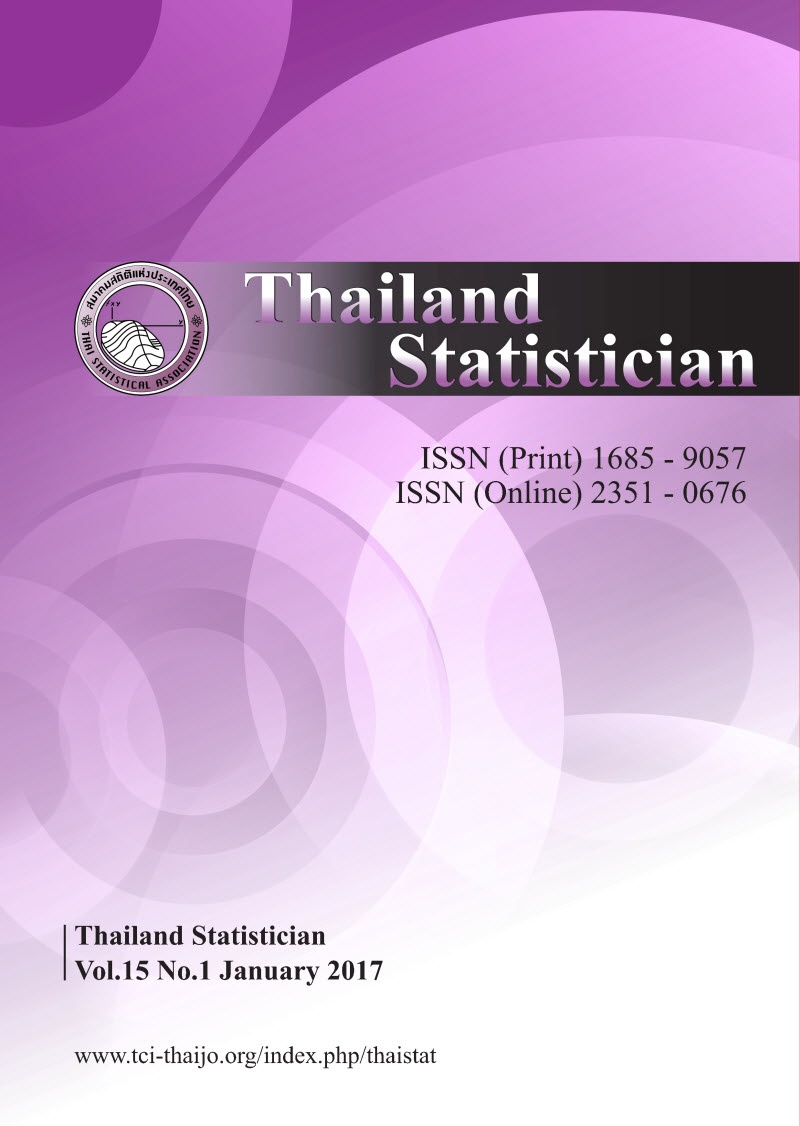Estimation of Prosperity and Depression Periods in a Labour Market
Keywords:
employment rate, mathematical modeling, nonlinear dynamics, population dynamics, sociodynamicsAbstract
Economical growth and fall causes corresponding processes in the labour market. Even a brief analysis of these processes indicates their cyclic feature; period of prosperity follows up recession, depression, and recovery periods. Governmental institutions may influence on these processes due the economical and social programs to reduce the length of negative periods. In this point of view it is important to estimate the duration of the periods in advance. In this paper we derived formulas to evaluate the prosperity and depression periods in the labour market, and confirmed them in an example of the province of Alberta (Canada).Downloads
How to Cite
Budsaba, K., Chaimongkol, S., Pete, S., Sardarli, A., & Volodin, A. (2015). Estimation of Prosperity and Depression Periods in a Labour Market. Thailand Statistician, 6(2), 163–172. retrieved from https://ph02.tci-thaijo.org/index.php/thaistat/article/view/34330
Issue
Section
Articles




